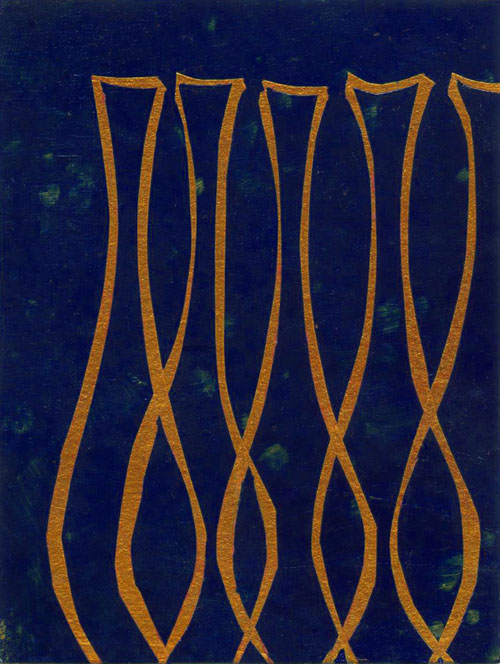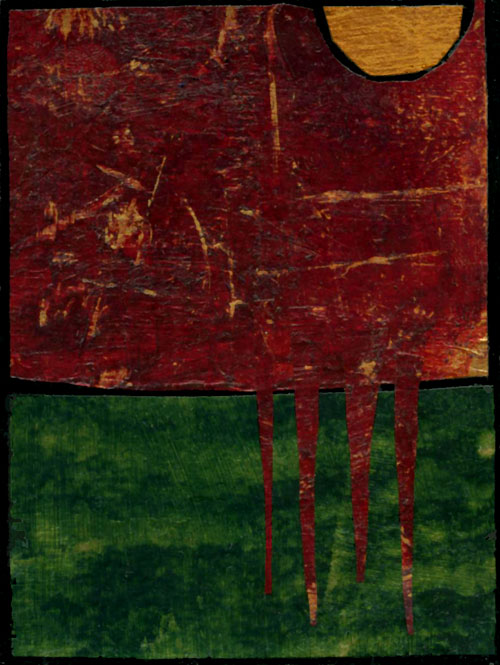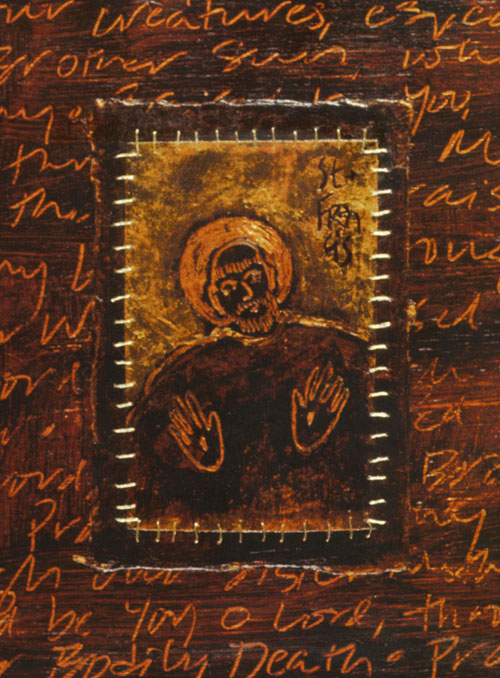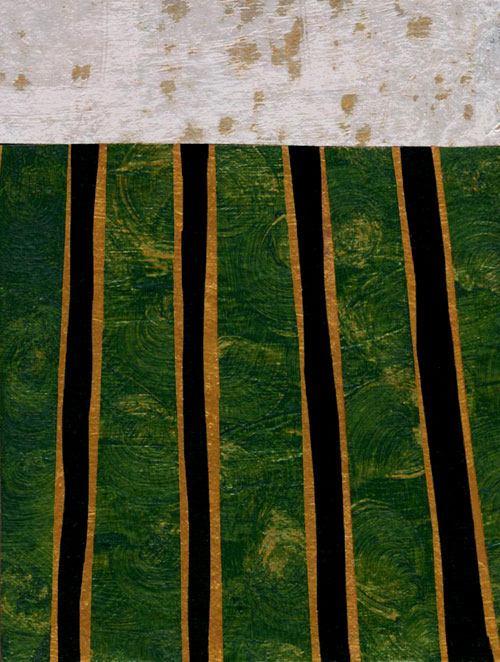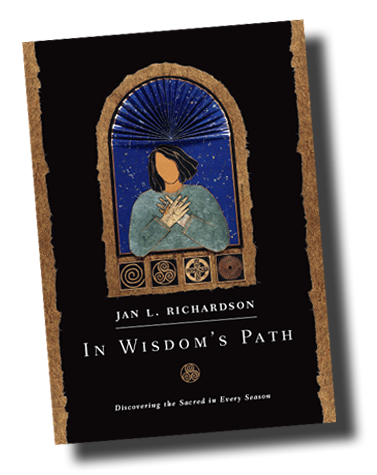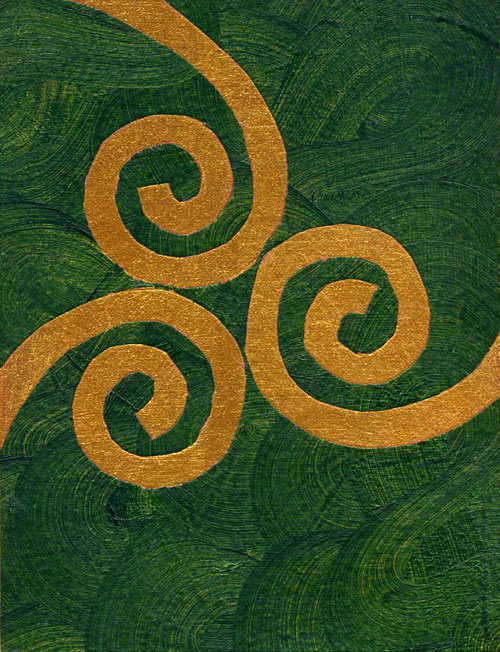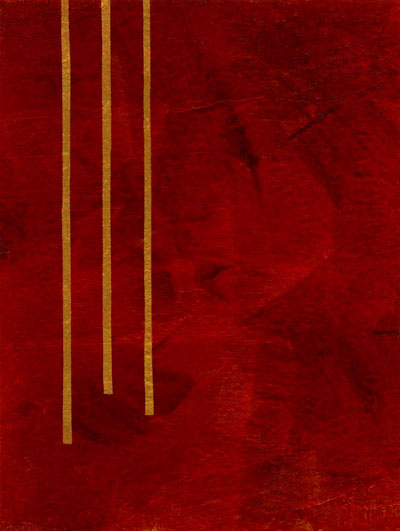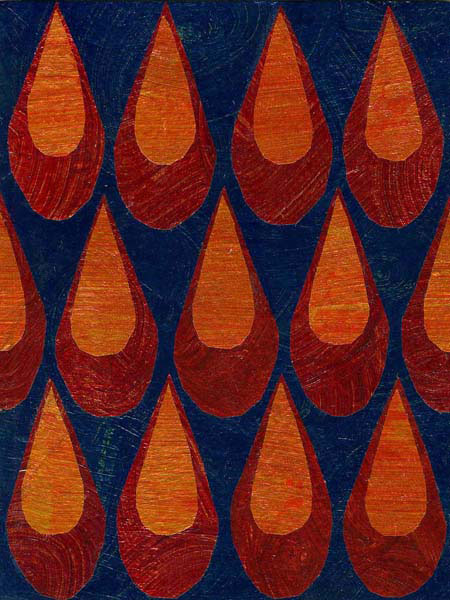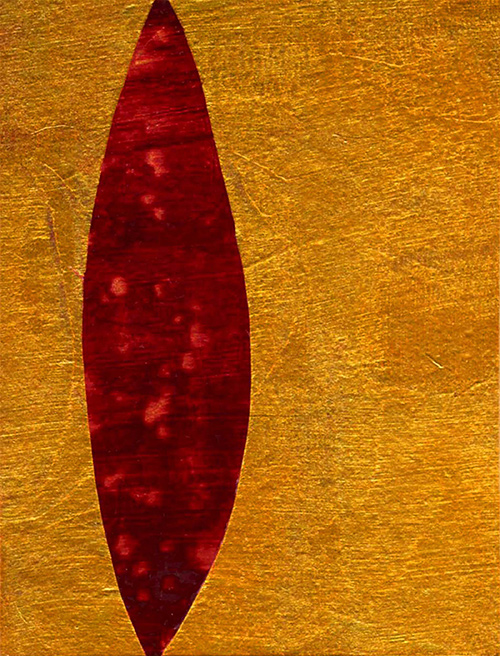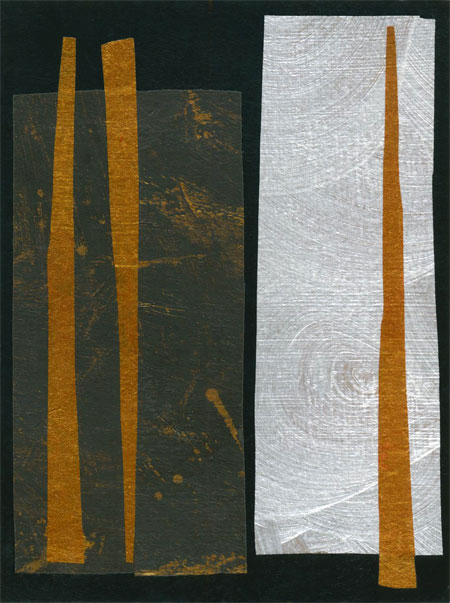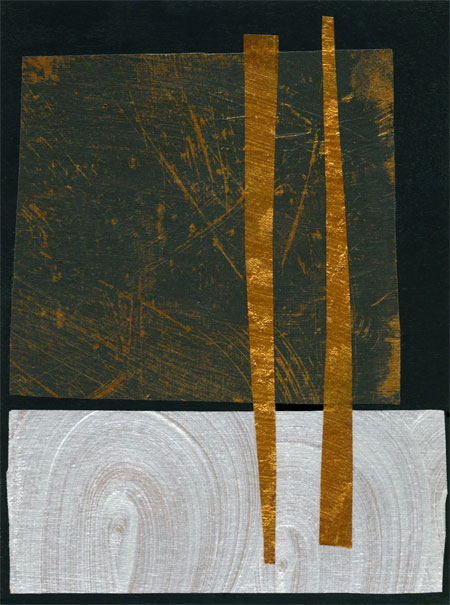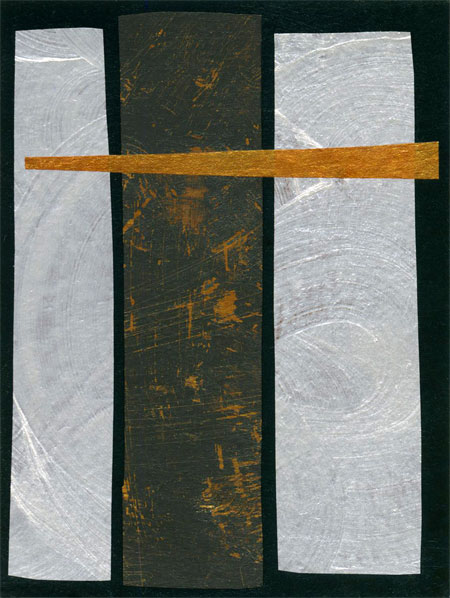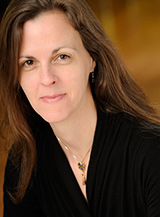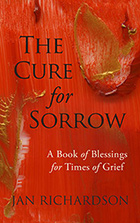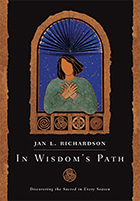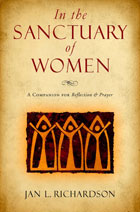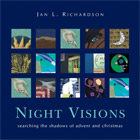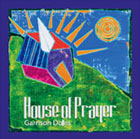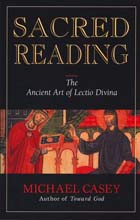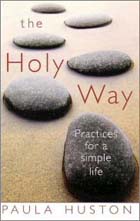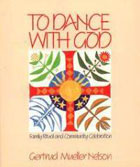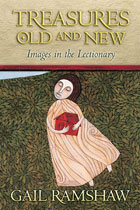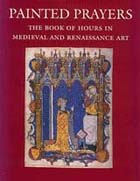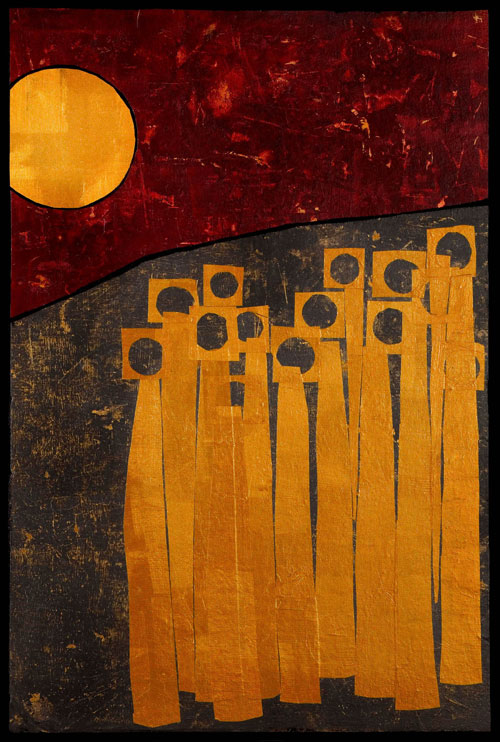
A Gathering of Spirits © Jan L. Richardson
I’m recently back from a fantastic trip to Kansas City to see my friends and artist-heroes, Peg and Chuck Hoffman. The trip was, in large measure, an occasion to experience some “art reinvigoration,” as Peg put it—sort of a spa vacation for my inner artist. Coming in the midst of some fallow time and creative shifts in the studio, my visit to Kansas City provided marvelous sustenance for my eyes and my creative soul.
I spent time in the studio with Peg and Chuck, where we did some painting on the World Canvas Project. The World Canvas has grown out of Peg and Chuck’s experience in working in such places as Belfast, Northern Ireland; Chuck has created a beautiful blog about the World Canvas, where you can have a glimpse of the project and our painting session at this post that Chuck recently added: Blessings.
Peg and I spent an afternoon doing “retail research,” which featured a splendid browse through Anthropologie (be sure to check out their visually inspiring Tumblr-powered site at the Anthropologist). Chuck and I made a trip to the Nelson-Atkins Museum of Art, where, as it happened, there’s currently an exhibition of prints by Romare Bearden, best known for his collage work and who has been a source of inspiration for me. We found artful treasures at used bookstores; visited Peg and Chuck’s church that features liturgical art by Richard Caemmerer (cofounder of the Grünewald Guild); had a pivotal conversation while sitting on the floor of their prayer room one morning, looking at images and dreaming of books to be born; and savored time at tasty tables where we talked about the wonders and challenges of living at the intersection of art and faith.
In the creative life, it can sometimes feel like we are laboring alone. My vocation as an artist and writer—and my natural disposition—requires a goodly measure of solitude in order to be present to and tend what’s trying to come forth. And of course the experience of feeling like we’re alone isn’t limited to those who work as artists or in other professions that are obviously creative. My time with Peg and Chuck underscored for me how important it is for us—regardless of our vocation—to stay close to our sources of inspiration: the people and places and practices that help us know who we are and what God has called each of us to do and to be in this world. It is crucial to connect with those who can provide insight and energy and encouragement for this work.
We’re coming up on a day that reminds us of all this. The Feast of All Saints on November 1—one of my favorite days in the Christian calendar—invites us to remember that although we are each called to some measure of solitude in order to discern what God wants to bring forth in our lives, we never go about this entirely alone. All Saints Day is an occasion to celebrate and revisit the faithful who have gone before us (and not just those who have been canonically designated as saints), those whose lives provide inspiration for us who follow on the path. The saints, who are not models of perfection but rather people who opened themselves to the ways that God sought to work in and through their particular lives and gifts, invite us not to copy their lives but to draw encouragement from them as we seek to let God do this same work in our own particular lives.
So where are you finding inspiration these days? Who provides encouragement on your path? How have you seen the Spirit work through the gifts of another in a way that helps you trust that the Spirit will work through your own gifts? Who helps you remember you are not alone?
Prayer
God of the generations,
when we set our hands to labor,
thinking we work alone,
remind us that we carry
on our lips
the words of prophets,
in our veins
the blood of martyrs,
in our eyes
the mystics’ visions,
in our hands
the strength of thousands.
A blessed All Saints Day to you! On this day, in this season, in the company of the communion of saints, may you find yourself in a thin, thin place where heaven and earth meet and you receive what you need for the path ahead.
[The “God of the generations” prayer is from my book In Wisdom’s Path: Discovering the Sacred in Every Season.]
P.S. For an earlier reflection on All Saints, see Feast of All Saints: A Gathering of Spirits. For a related post, visit On the Feast of All Souls at my Sanctuary of Women blog.
For a reflection on the gospel lection (Matthew 25.1-13) for November 6, click the image or title below:
[To use the “Gathering of Spirits” image, please visit this page at janrichardsonimages.com. Your use of janrichardsonimages.com helps make the ministry of The Painted Prayerbook possible. Thank you!]
